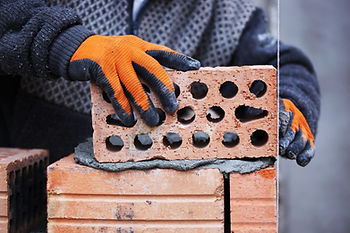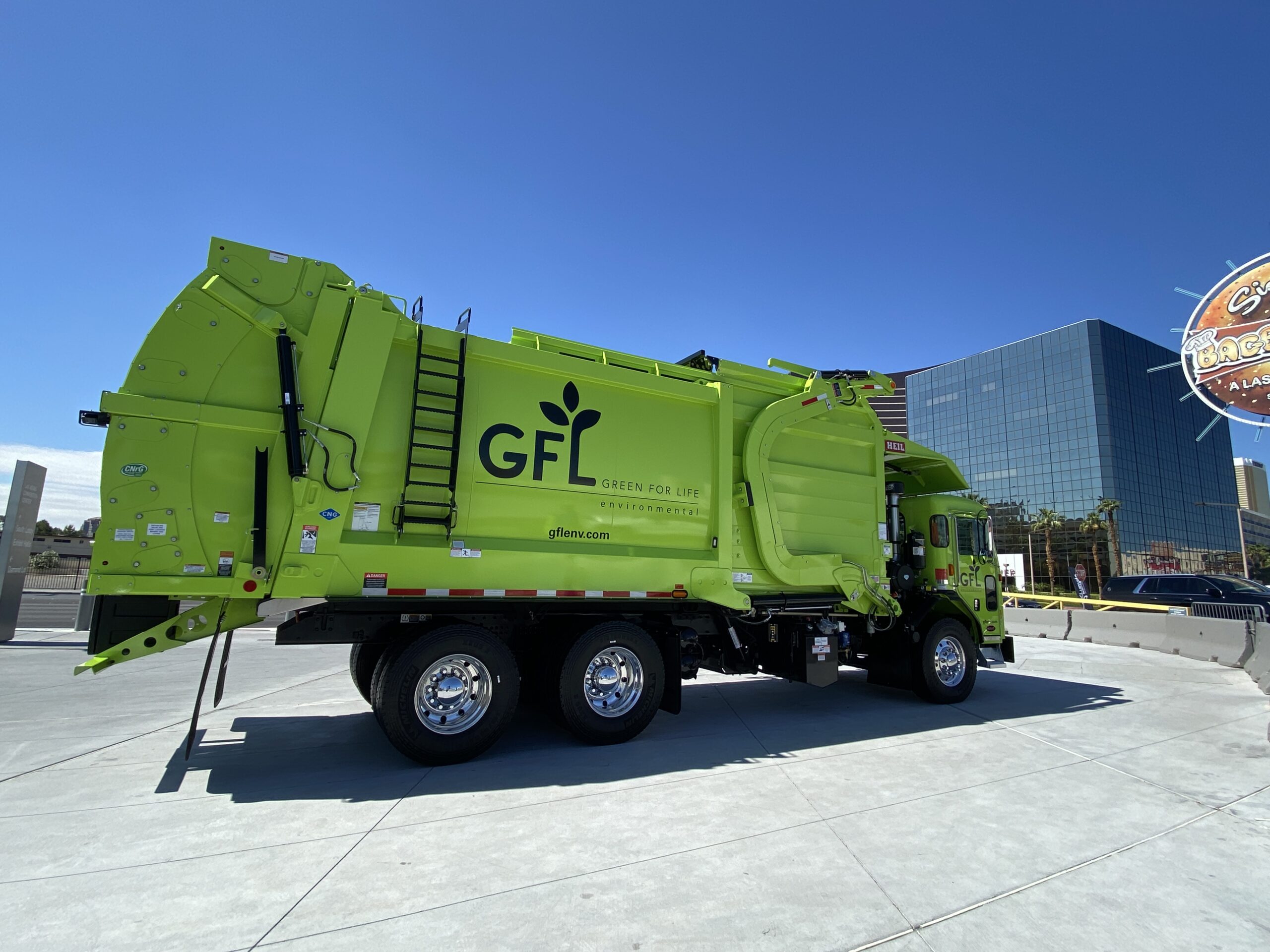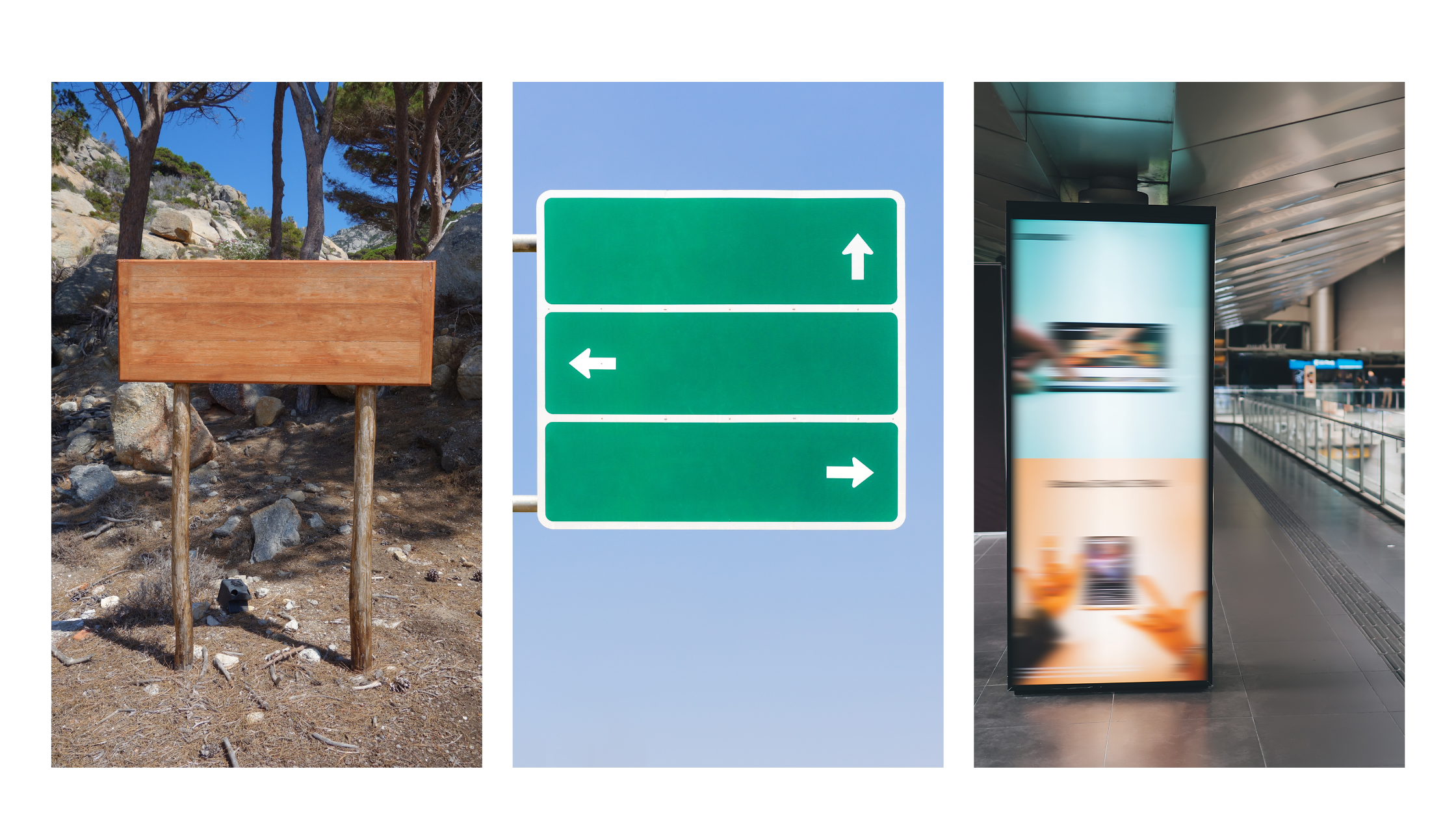Sustainable but also not really biodegradable, bricks are one of the oldest and most unique building materials available. Made of a variety of natural materials, the earliest known bricks were made of clay and used 7000 years ago in the Middle East. Traditional red bricks are made from sand, clay, lime, iron oxide and magnesia, but today bricks are created from mining shale and raw materials then cooked in a kiln and bonded with mortar.
Bricks are renowned for their sturdiness, their sustainability, and their stylishness. They are fireproof, waterproof, weather resistant, pest-resistant (no termite issues here), and are made to withstand the ravages of sunlight, heat, and the elements. Bricks have a melting point of 4000 degrees Fahrenheit. They don’t rot, fade, dent, or warp and it takes millennia for them to erode. They are also energy efficient, able to retain heat during the winter and absorb it during the summer, making them great for both insulation and cooling (which is why you see a lot of brick houses on the Eastern seaboard where the winters are snowy and the summers are unbearably hot and humid).

Recycling or “upcycling” bricks is critical to sustainable and green initiatives in the Construction and Demolition (C&D) world. The current manufacturing of bricks involves mining shale. Mining anything is terrible for the environment as the necessary processes both create an enormous carbon footprint and use copious amounts of water. Since the weathered look of old bricks cannot be manufactured artificially, and bricks do tend to be fairly resilient, used bricks are actually in demand where the vintage look is sought after for patios, fire pits, chimneys, lawn borders, pathways, and other structures. Also, sand is a primary ingredient in both bricks and glass, and the type of sand used in these materials is actually a finite resource. (See our blogpost on sustainable materials where we touch on that subject here.)
For context, on the waste crisis for C&D materials, the US generates an average of 290-300 million tons of municipal solid waste annually, while, by contrast, C&D generates closer to two times that amount at 600 million. C&D materials are bigger, denser, and take a lot more time to decompose often and thus take up enormous amounts of landfill space. Also, waste stations charge by the ton, so brick refuse can be very expensive. It’s illegal to dispose of bricks in landfills in multiple state so check your state waste website to find out the local ordinances and recycling/upcycling options.
One very prominent organization that takes used bricks and cleans and restores them for new building projects is Habitat for Humanity. You can always donate yours to the Habitat for Humanity ReStore. Other facilities can break down the bricks for other uses. Bricks can be crushed into a powder to be used on baseball diamonds, running tracks, or tennis courts. Some are remade into new bricks or pulverized into brick chips for landscape material.
PopUP CleanUP is an event cleaning company that takes sustainability seriously. Help us keep our planet clean!



